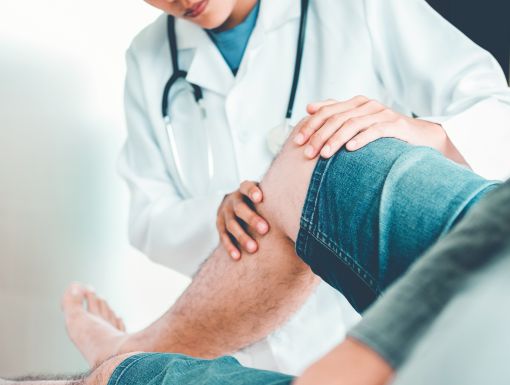
5 Things To know About Hip Dysplasia
What is hip dysplasia?
Did you know that hip dysplasia is the most common orthopedic disorder seen in newborn babies? In a normal hip joint, the ball (the upper end of the thigh bone, or femur) fits within the socket. Sometimes, the socket does not form normally and is too shallow. This makes the hip joint unstable, and the hip may dislocate. Hip dysplasia causes abnormal force on the hip joint, which increased stress on the joint. Over time, this leads to pain and can cause arthritis in adulthood. Hip dysplasia is often present at birth. However, in some cases, it may not be discovered until adolescence or adulthood.
What causes hip dysplasia in babies?
The cause of hip dysplasia in newborns is likely due to multiple reasons. Factors that may contribute to hip dysplasia are being the firstborn child (less room in the womb), being a girl (increased joint flexibility), being in a breech position in the womb, and having a family history of hip dysplasia.
How is hip dysplasia diagnosed?
All newborn babies are evaluated for hip dysplasia with a physical examination of the hips. In newborns with hip dysplasia, the ball may be able to be dislocated from the socket or if the hip is dislocated, may be reduced into the socket. As children get older, hip dysplasia most often shows up as decreased range of motion of the hip, legs that appear to be different lengths, and a limp or waddling gait. In adolescents and adults with hip dysplasia, the most common complaint is hip pain, especially with activity.
If hip dysplasia is suspected, your doctor will order imaging of the hips. In newborn babies, an ultrasound is used to evaluate the hips as their hip joints are made up mostly of cartilage. In children four to six months old or older patients, X-rays are used to diagnose hip dysplasia. Sometimes a CT scan or MRI may also be used to further evaluate the hips.
What are the treatment options for hip dysplasia?
Treatment of hip dysplasia changes with age and severity of dysplasia. In newborns, treatment is often non-surgical and consists of placement into a Pavlik harness, which uses straps and Velcro to hold the hips in a reduced position. Sometimes surgery is needed in older patients to reduce the hip and place a cast. This can be done with or without an osteotomy (cutting the bone) of the femur or pelvis.
When hip dysplasia is present in adolescents or adults and causing pain, the treatment consists of a surgery to reorient the socket to cover the ball, called a periacetabular osteotomy. Eventually, untreated hip dysplasia leads to arthritis. Once arthritis is present, the treatment is a total hip replacement.
Who should I see if I have hip dysplasia?
For young children with hip dysplasia, it is best to be evaluated by a pediatric orthopedic surgeon. Adolescents and young adults without arthritis are best treated by an orthopedic surgeon who specializes in hip preservation surgery such as in Ochsner’s Child and Adult Hip Preservation Clinic. And when arthritis is present, an orthopedic surgeon with experience in joint replacement is the best choice.



